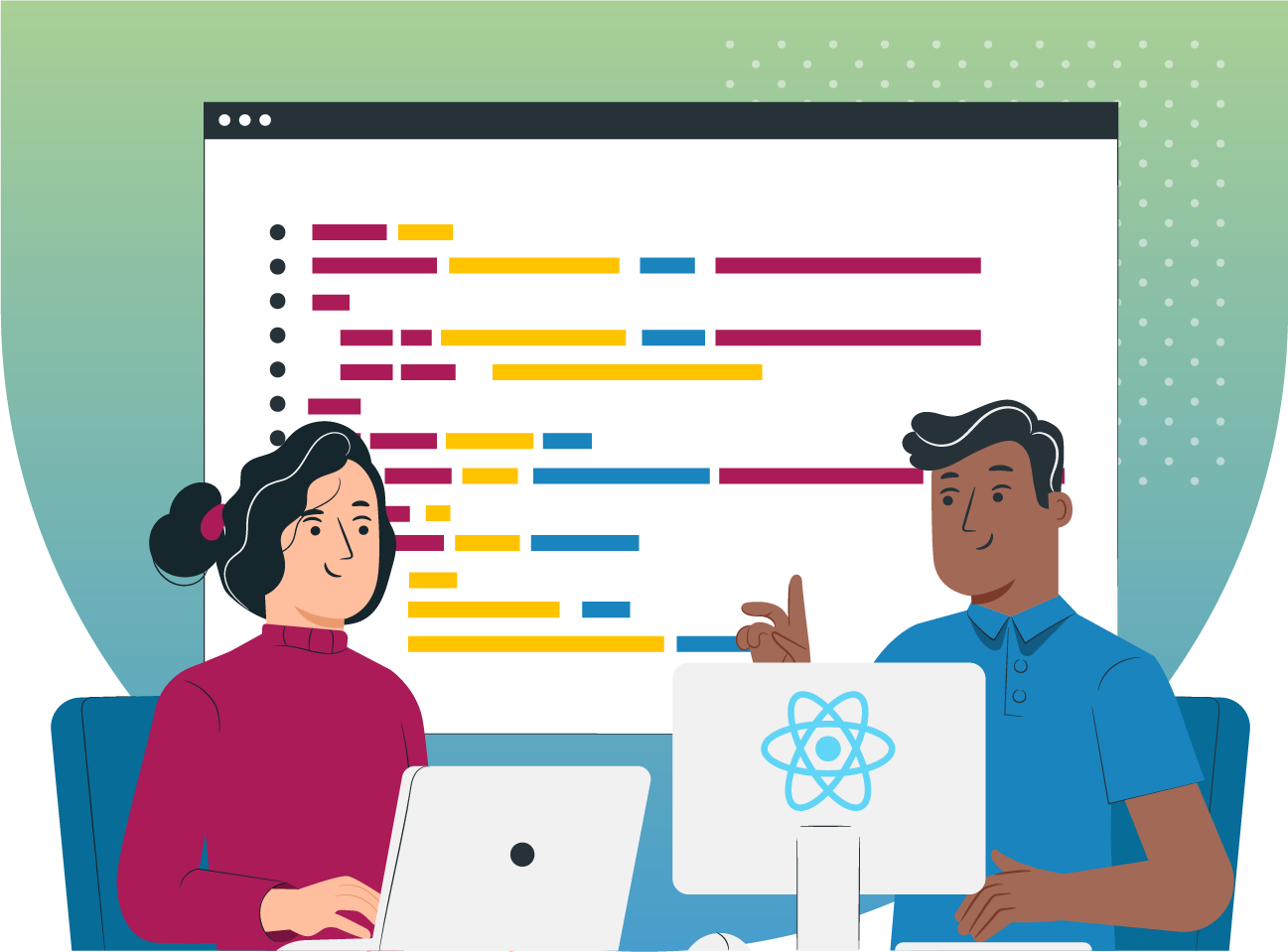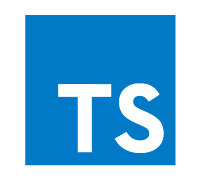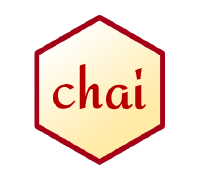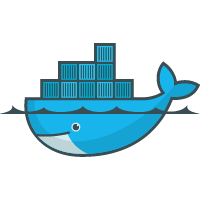


Leverage cross-platform capabilities to reach a wider audience through react native app development services from SPEC INDIA. React Native is an ideal choice for today’s businesses as it saves cost and time by delivering native experiences using one codebase for different platforms.
We help you accelerate business growth and increase user engagement through best-in-class React Native apps that are cross-platform compatible. We create natively-rendered web, mobile, and desktop experiences using React Native, a powerful UI software framework created by Meta Platforms.
We design and develop high-performance React Native apps for Android and iOS platforms. Our React Native consulting helps businesses and large enterprises to leverage React Native for their app development requirement and choose the right tech stack for your project.
With decades-long experience and domain expertise, SPEC INDIA is React Native app development companies offering truly-native mobile experiences using a shared codebase. We listen to your ideas and create customized mobile apps using this open-source JavaScript platform.

We offer 24*7 maintenance and support services for your React Native apps. Our React Native app developers are well-versed in various tools and technologies to consistently check for performance, security, issues, compliance, upgrades, and availability.
We help businesses migrate to React Native from their native environment to enjoy the benefits of cross-platform apps. Also, Our experienced team of React Native developers integrates React Native with existing apps as per requirements.
We craft consistent, smooth, and elegant designs using the latest tools and design thinking. We create intuitive and easy-to-use mobile apps using React Native. Our UI/UX design experts leverage various UI components and libraries to build engaging apps.
We develop native-like apps using a cross-platform app development approach that enables time and cost savings. We ensure that apps or websites are well-built and as per the company’s needs. Grow your business and increase user engagement through cross-platform React Native apps.

We blend our years of experience and technical skills to provide the best user experience. We use battle-tested methodologies and industry best practices to develop mobile apps that are cross-platform compatible, robust, and secure.
JavaScript is the world’s most popular programming language powering majority of the websites. It is one of the core technologies in the foundation of the web along with HTML and CSS. JavaScript is mainly used for client-side scripting, and its usage has evolved beyond web browsers. It is a dominant language in modern application development with its revolutionary usage in server-side scripting.

TypeScript is a strongly typed programming language developed and maintained by Microsoft. It is a superset of JavaScript and adds static typing to the language. Simply, it is JavaScript with types. TypeScript is now widely used by JavaScript developers to build application-scale JavaScript apps. With developer-friendly features, TS has gained attention worldwide.

PostgreSQL is a powerful, open-source RDBMS offering extensibility, advanced features, and SQL compliance. We work with PostgreSQL to address your data warehouse and data storage needs with its robust features such as stability, high levels of resilience, integrity, and accuracy.
MongoDB is a NoSQL and cross-platform database used extensively by developers to create highly available and scalable applications. It is a popular document database based on JSON-like documents that power faster, flexible, and performant applications. Our developers are well-versed in database technologies, data platforms, and analytics that allow them to solve complex data challenges.

Elasticsearch is a distributed, open-source, and full-text search engine. It is built on Apache Lucene and it is one of the most popular search engines used for analytics, business intelligence, security intelligence, and full-text search. It offers support for various languages with rich integration and tooling to build a variety of applications.

Jest is a JavaScript testing framework designed to test JavaScript code. It is an open-source testing framework used to test React Native web and mobile applications. It mainly focuses on unit testing and helps developers validate everything written in JavaScript whether it is a web or mobile app. Jest makes JavaScript testing simplified and faster.

Enzyme makes it easier to test the output of React component. It is a popular JavaScript testing utility for React. Enzyme is used to assert, manipulate, and traverse React component’s output. It offers additional testing utilities for rendering a component and interacting with elements.

Mocha is a feature-rich JavaScript framework making asynchronous testing simple. It is a test framework for Node.js programs and supports browsers. It provides common testing functions and is used for unit and integration testing. Mocha is a widely popular, simple, and flexible JavaScript test framework.

Chai is commonly used with Mocha and is an assertion library for NodeJS and browsers. It can be paired with any JavaScript testing framework and makes testing easier by providing many assertions for your code.
Redux is an open-source JavaScript library that works as a predictable state container for JavaScript apps. It is used to manage and centralize application states similar to Facebook’s Flux architecture. It is commonly used with Angular and React for creating user interfaces. Redux helps app developers write applications that are easy to test and run in different environments.

Docker is a software platform that allows developers to build, test, and deploy applications with containerization. Docker packages software into units that have the necessary libraries, tools, and code to run the software. It is a very popular modern concept and widely used tool by developers to accelerate software development and deployment.
Kubernetes is an open-source container orchestration platform for automating the deployment, scaling, and management of containerized applications. It manages the availability of many physical and virtual hosts that manage a large number of containerized applications. It automates many manual processes of deploying, managing, and scaling applications.
React Native is widely used by well-known companies and brands to build cross-platform and native-like apps. It offers many advantages such as cost-efficiency, flexibility, performance, and code reusability.
With React Native app development, you can save time and cost as it allows shared code between Android and iOS platforms. Using React Native, there is no need to create separate apps for iOS and Android platforms. This makes development faster and more cost-effective.
In React Native, you can reuse components and share the logic of your app across web and mobile apps. You just need to write platform-specific code and reuse business logic. This results in time-saving and reduced development costs.
React Native is an open-source UI framework. It is maintained and empowered by a wide community of developers and is widely used by leading brands. Many resources are available that help React Native developers master this JavaScript-based UI framework.
React Native’s cross-platform architecture make it possible to deploy one app on iOS and Android platforms. With pre-built components, hot reload, and native capabilities, development time is reduced by a large extent and you can reach a wider audience faster.
React Native is used by Fortune 500 companies, businesses, and startups worldwide. Companies that use React Native are Meta, Microsoft, Pinterest, Tesla, Puma, Wix, Walmart, and so on. It is backed by a wide community of thousands of developers and tech professionals.
React Native makes use of JavaScript to access the native platform’s API and define the appearance and behavior of UI components. It focuses on UI development and comes with ready-to-use Native components that make app development faster, smoother, and more efficient.
Bring your ideas to life by hiring skilled and competent React Native developers from SPEC INDIA. We combine our technical and business skills to create mobile app solutions that increase engagement, deliver a personalized experience, and meet your unique business requirements.
Hire Now
Discover the diverse range of industries we proudly support with our innovative software solutions to companies of different business verticals. Our expertise spans multiple sectors, ensuring tailored services for every unique need.
React Native is easy to use and offers simplified UI development with cross-platform compatibility. Companies choose React Native considering the below factors.
With React Native, there is no need to hire different developers for iOS and Android platforms. It allows cross-platform app development that supports multiple platforms. It is widely used by companies worldwide to create web and mobile user interfaces.
Native App Development targets specific platforms and it is chosen when your app is graphically intensive, complex, advanced, and makes use of OS-specific features. React Native is chosen over Native when you want to develop apps that are compatible across multiple platforms, and you have a limited budget and time.
The cost depends on location, developer experience, skills, the complexity of the app, team size, and the amount of time needed to complete it.
React Native uses React. React Native is the entire framework while React is a JavaScript library. React is used for responsive, high-performing, dynamic UI development. React Native is an ideal framework for developing cross-platform app development.
SPEC House, Parth Complex, Near Swastik Cross Roads, Navarangpura, Ahmedabad 380009, INDIA.
This website uses cookies to ensure you get the best experience on our website. Read Spec India’s Privacy Policy